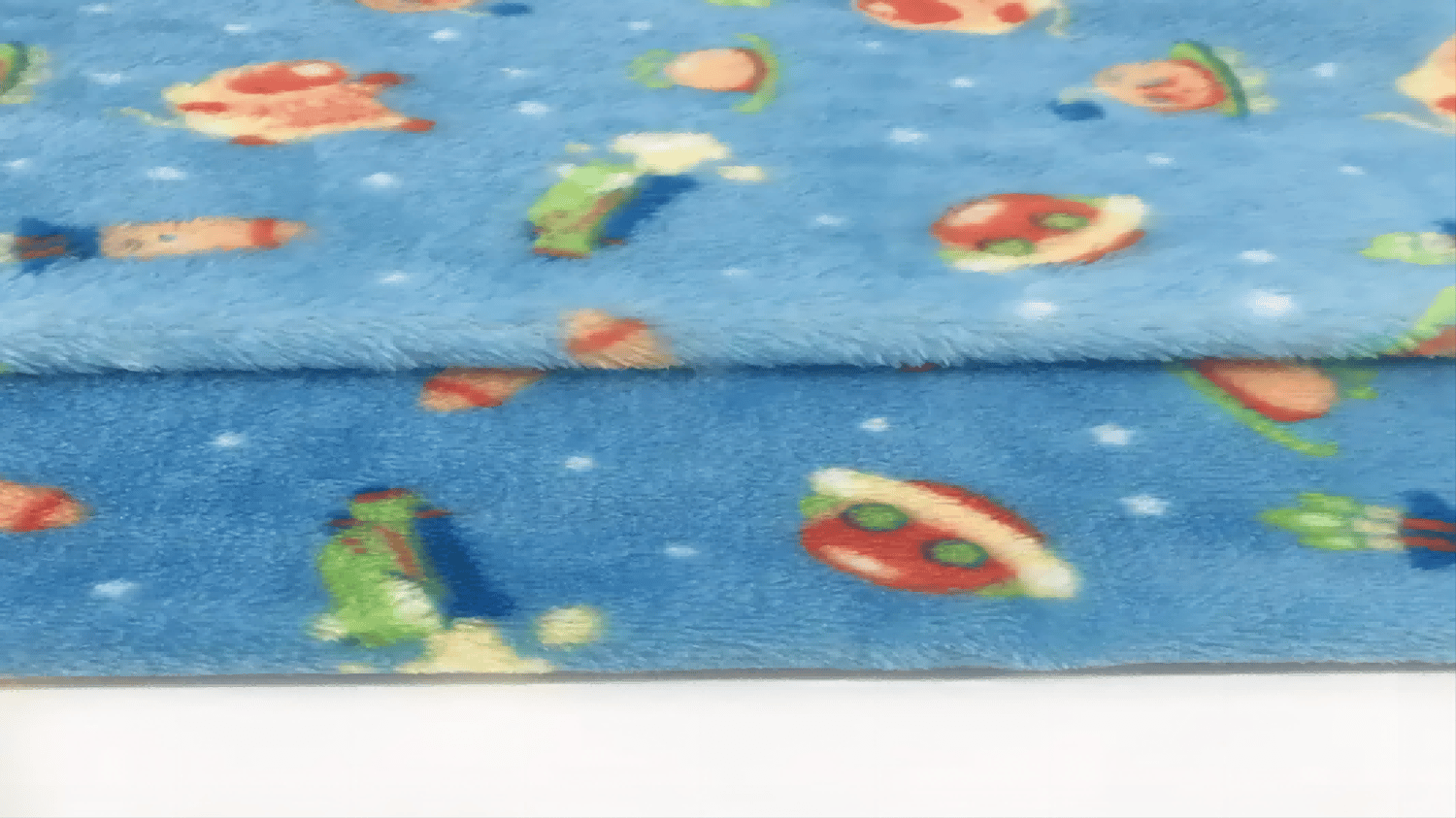Table of Contents

what is flannel fabric made of?
Flannel is a versatile and popular fabric that is commonly used in clothing, bedding, and home décor. Known for its softness and warmth, flannel has become a staple in many households. But have you ever wondered what exactly flannel fabric is made of? In this article, we will explore the composition of flannel fabric and shed light on its manufacturing process.
The Origins of Flannel Fabric
Flannel fabric has a rich history that dates back to the 17th century. Originally made from wool, flannel was commonly used in Wales for its excellent insulation properties. As the popularity of flannel grew, so did its production methods and materials. Today, flannel can be made from a variety of fibers, including cotton, wool, and synthetic blends.
Cotton Flannel Fabric
Cotton flannel is perhaps the most common type of flannel fabric found in the market. It is made from 100% cotton fibers, which are known for their softness and breathability. The cotton fibers are woven in a twill or plain weave to create a brushed or napped surface, giving flannel its characteristic fuzzy texture. Cotton flannel is lightweight and perfect for making shirts, pajamas, and baby blankets.
Wool Flannel Fabric
Wool flannel, on the other hand, is made from the fibers of sheep or other animals such as alpaca or cashmere. It is known for its exceptional warmth and durability. Wool flannel is often used in outerwear, suits, and blankets. The fibers are woven tightly to create a dense and insulating fabric. Wool flannel can be quite expensive compared to cotton flannel due to the higher cost of wool production.
Synthetic Flannel Fabric
In recent years, synthetic flannel fabrics have gained popularity due to their affordability and easy care. These fabrics are typically made from polyester or a blend of polyester and other fibers. Synthetic flannel can mimic the softness and warmth of cotton or wool flannel while offering additional benefits such as wrinkle resistance and moisture-wicking properties. Synthetic flannel is often found in sportswear and outdoor gear.
Flannel Fabric Manufacturing Process
The manufacturing process of flannel fabric involves several steps to achieve the desired texture and quality. Firstly, the chosen fibers, whether cotton, wool, or synthetic, are cleaned and processed to remove impurities. Next, the fibers are spun into yarns, which are then woven into a fabric using various weaving techniques.
After weaving, the fabric goes through a process called brushing or napping. This step involves raising the surface fibers of the fabric to create the characteristic fuzzy texture of flannel. The fabric is passed through rollers with metal teeth that gently pull up the fibers. The extent of brushing can vary, resulting in different levels of softness and warmth.
Uses of Flannel Fabric
Flannel fabric is incredibly versatile and finds applications in various industries. Its warmth and softness make it ideal for clothing items such as shirts, pajamas, dresses, and jackets. Flannel is also commonly used in bedding, including sheets, pillowcases, and blankets, providing a cozy and comfortable sleeping experience. Additionally, flannel is often used in home décor, such as curtains, upholstery, and throw pillows.
Caring for Flannel Fabric
Proper care is essential to maintain the quality and longevity of flannel fabric. Most flannel fabrics can be machine washed and dried, but it is important to follow the care instructions provided by the manufacturer. To prevent pilling, it is recommended to wash flannel fabrics inside out and avoid using harsh detergents or fabric softeners. Ironing may not be necessary as flannel tends to naturally wrinkle, adding to its casual and cozy appeal.
In Conclusion
Flannel fabric is a beloved material known for its softness, warmth, and versatility. Whether made from cotton, wool, or synthetic fibers, flannel offers a wide range of applications in clothing, bedding, and home décor. Understanding the composition and manufacturing process of flannel can help you make informed choices when selecting flannel products. So, the next time you wrap yourself in a cozy flannel blanket or put on a comfortable flannel shirt, you'll know exactly what makes this fabric so special.
